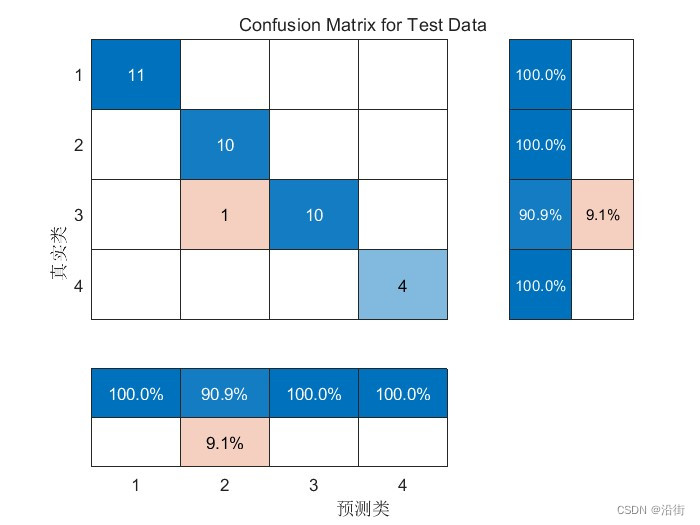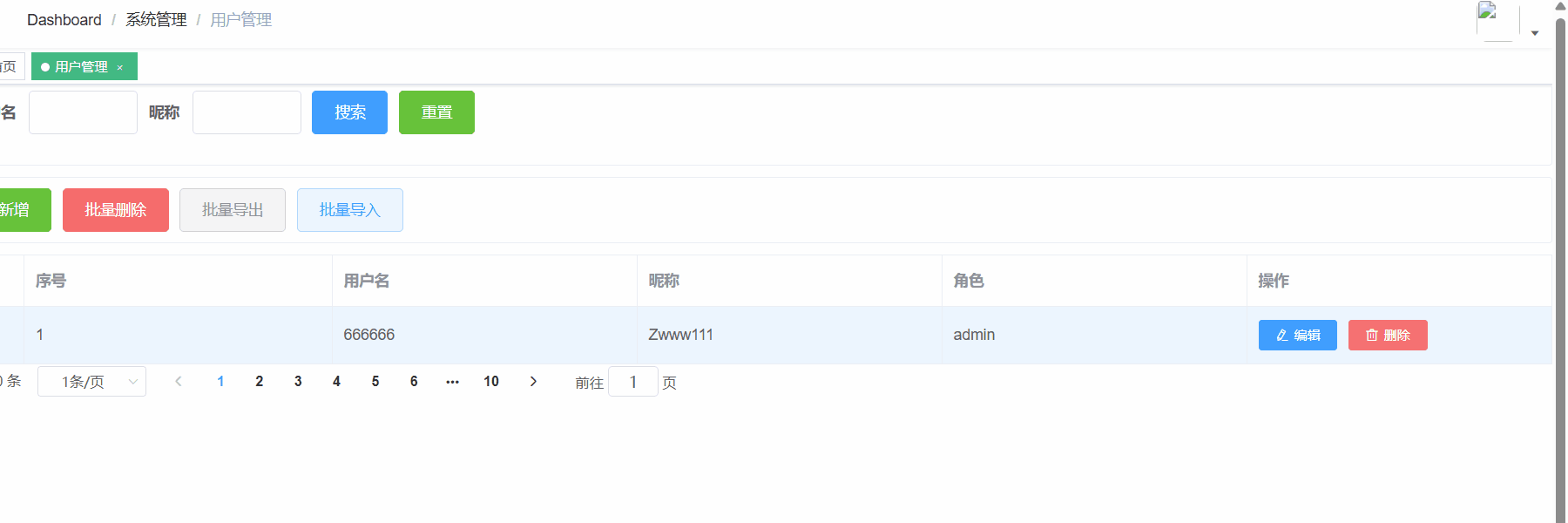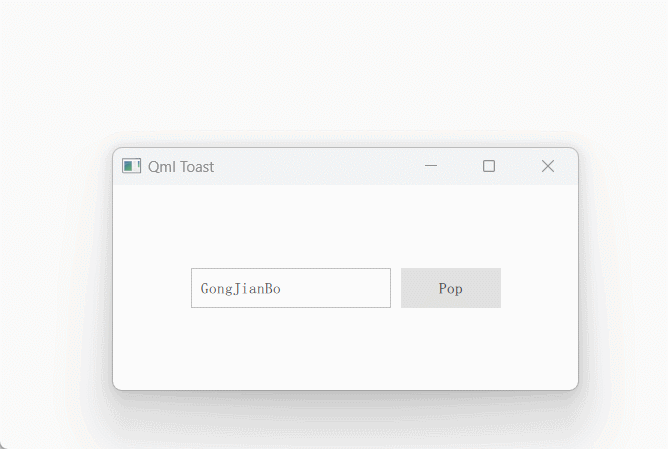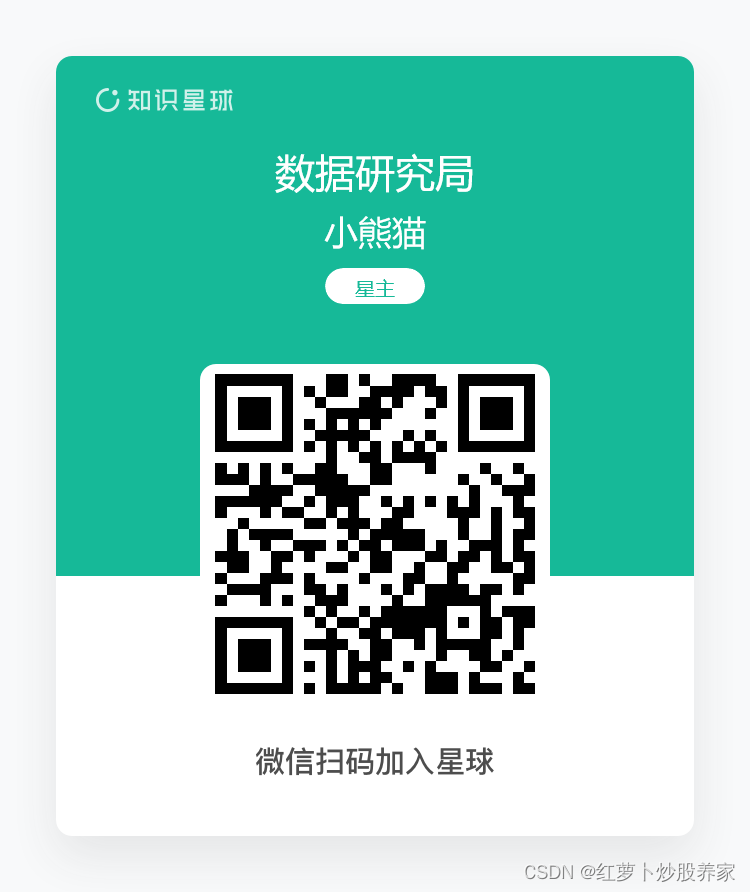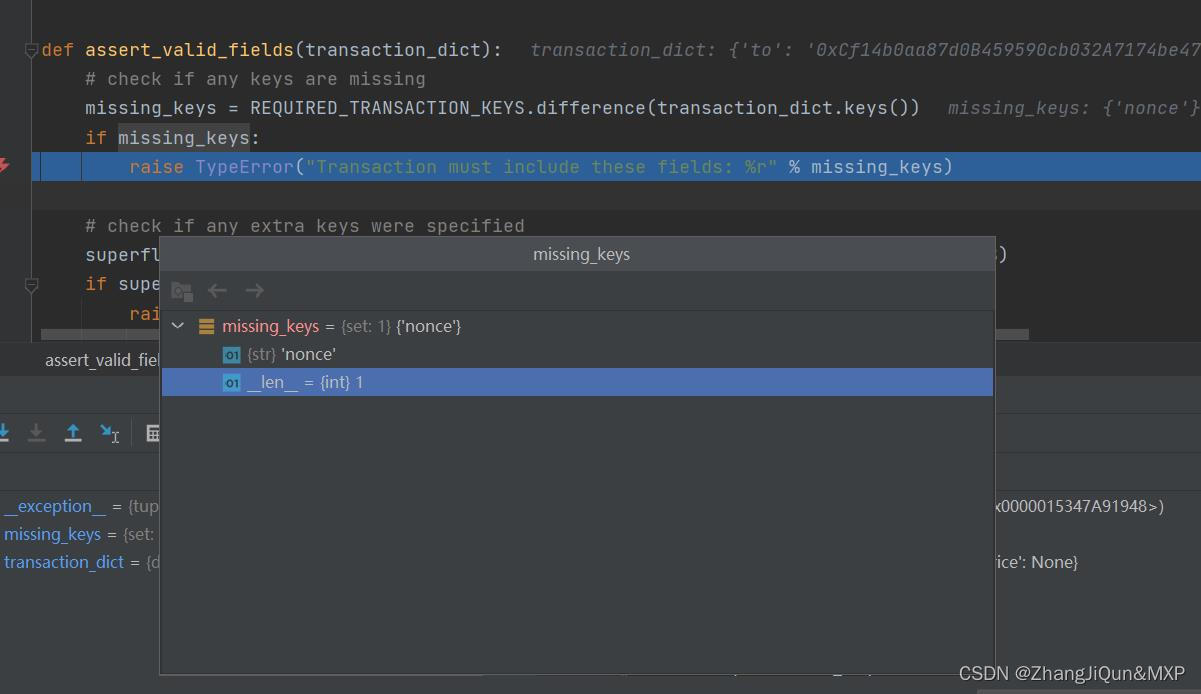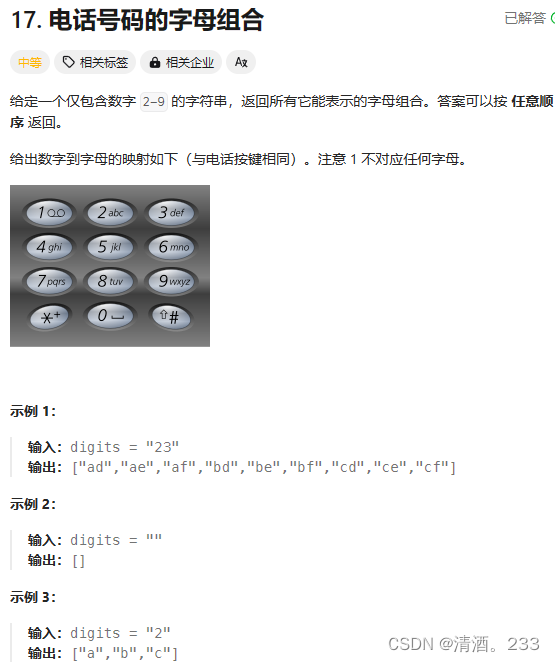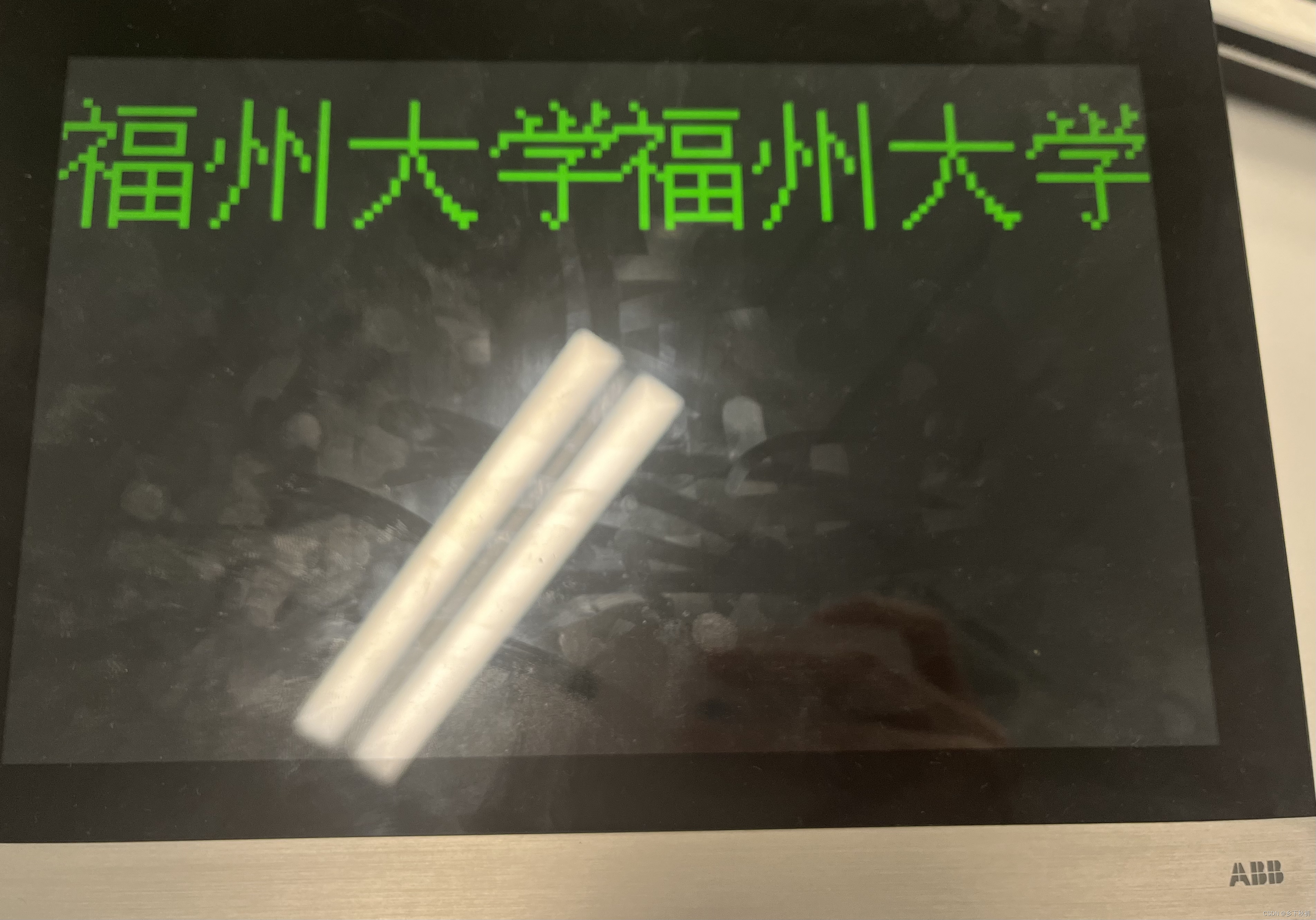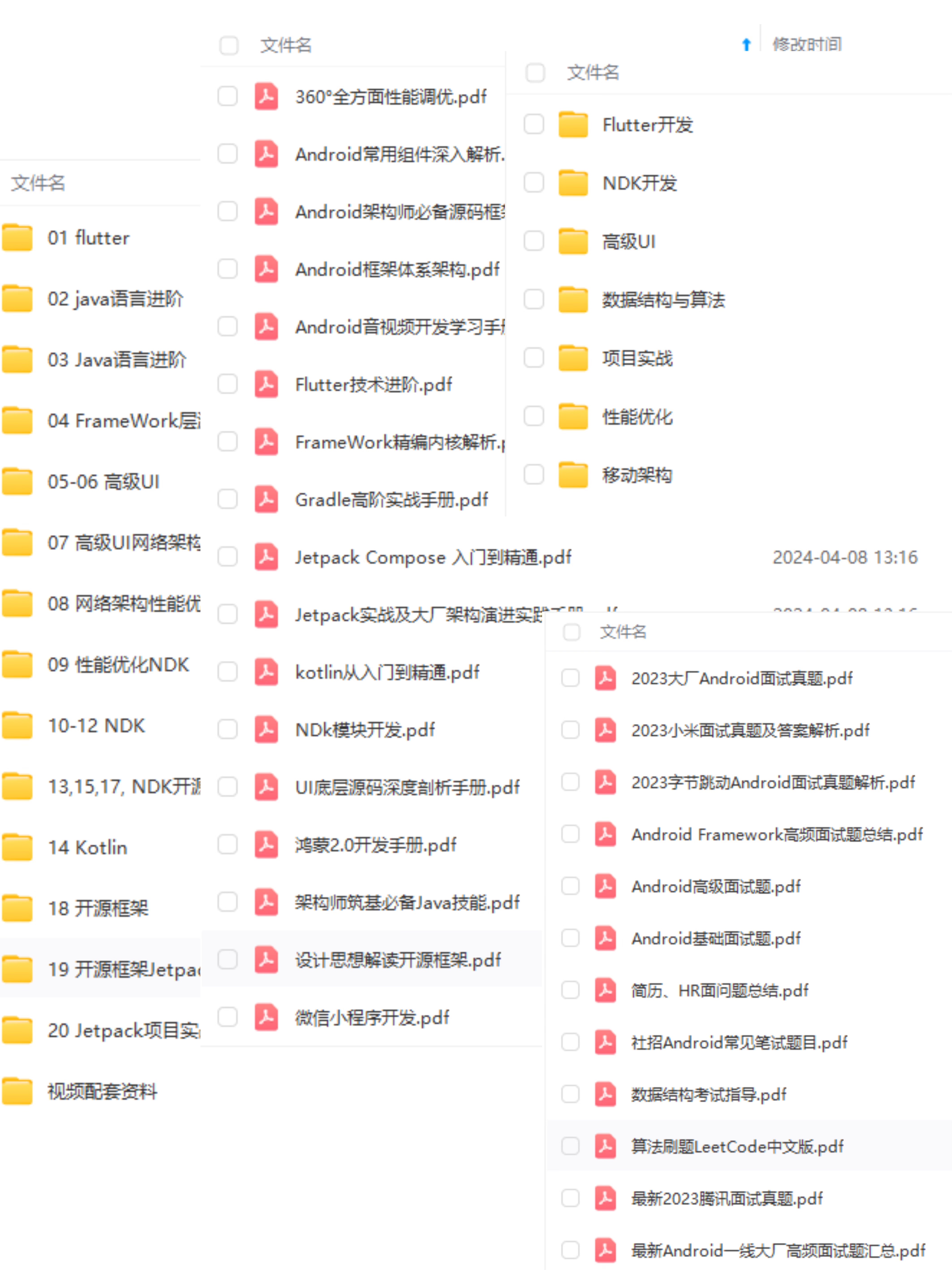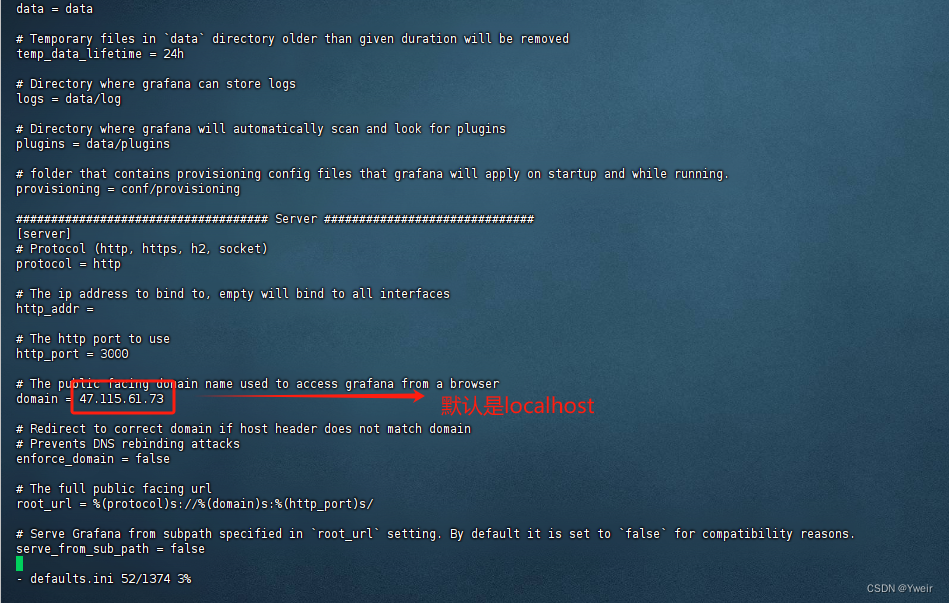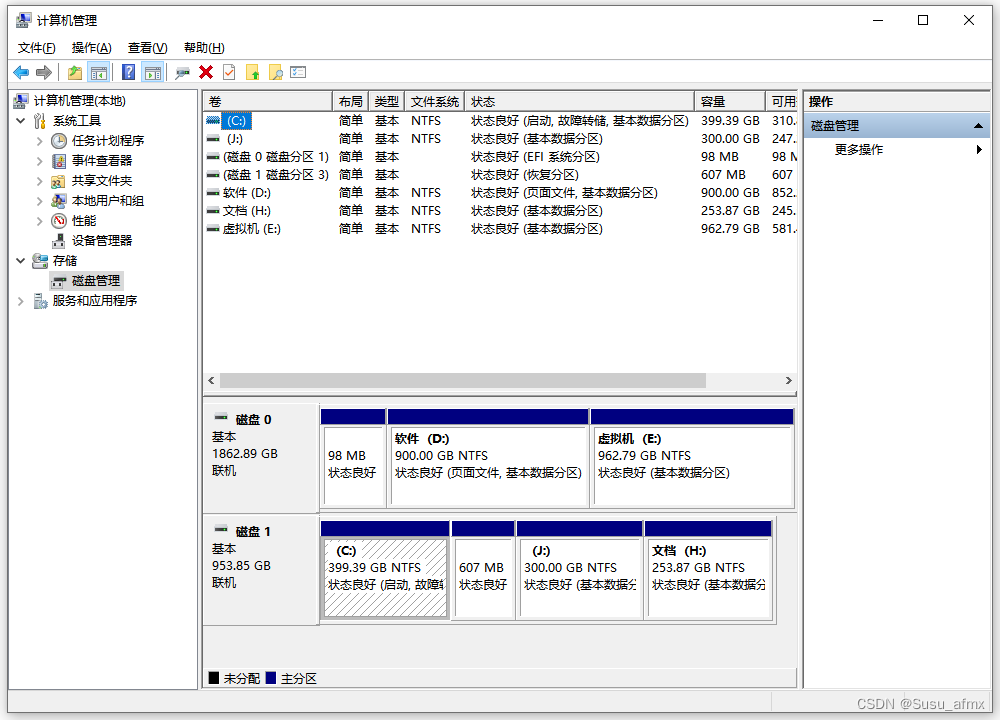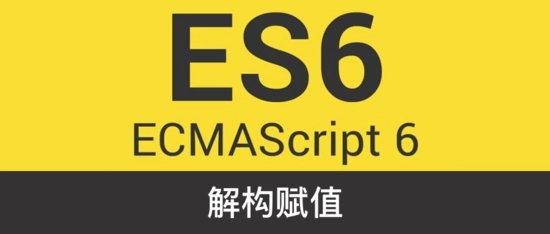AdapterView.OnItemClickListener,
TextWatcher,
PopupMenu.OnMenuItemClickListener,
DialpadKeyButton.OnPressedListener {
//……
@Override
public void afterTextChanged(Editable input) {
// When DTMF dialpad buttons are being pressed, we delay SpecialCharSequenceMgr sequence,
// since some of SpecialCharSequenceMgr’s behavior is too abrupt for the “touch-down”
// behavior.
if (!digitsFilledByIntent
&& SpecialCharSequenceMgr.handleChars(getActivity(), input.toString(), digits)) {
// A special sequence was entered, clear the digits
digits.getText().clear();
}
if (isDigitsEmpty()) {
digitsFilledByIntent = false;
digits.setCursorVisible(false);
}
if (dialpadQueryListener != null) {
dialpadQueryListener.onDialpadQueryChanged(digits.getText().toString());
}
updateDeleteButtonEnabledState();
}
//……
}
这里调用了 SpecialCharSequenceMgr 辅助工具类的 handleChars 方法,看这个方法。
SpecialCharSequenceMgr#handleChars
public static boolean handleChars(Context context, String input, EditText textField) {
// get rid of the separators so that the string gets parsed correctly
String dialString = PhoneNumberUtils.stripSeparators(input);
if (handleDeviceIdDisplay(context, dialString)
|| handleRegulatoryInfoDisplay(context, dialString)
|| handlePinEntry(context, dialString)
|| handleAdnEntry(context, dialString, textField)
|| handleSecretCode(context, dialString)) {
return true;
}
if (MotorolaUtils.handleSpecialCharSequence(context, input)) {
return true;
}
return false;
}
handleChars 方法中,会对各种特殊的 secret code 进行匹配处理,这里我们看 handleSecretCode。
SpecialCharSequenceMgr#handleSecretCode
stat
ic boolean handleSecretCode(Context context, String input) {
// Secret code specific to OEMs should be handled first.
if (TranssionUtils.isTranssionSecretCode(input)) {
TranssionUtils.handleTranssionSecretCode(context, input);
return true;
}
// Secret codes are accessed by dialing #### or “*#<code_starting_with_number>#”
if (input.length() > 8 && input.startsWith(“##”) && input.endsWith(“##”)) {
String secretCode = input.substring(4, input.length() - 4);
TelephonyManagerCompat.handleSecretCode(context, secretCode);
return true;
}
return false;
}
再看下 TelephonyManagerCompat.handleSecretCode 方法。
TelephonyManagerCompat#handleSecretCode
public static void handleSecretCode(Context context, String secretCode) {
// Must use system service on O+ to avoid using broadcasts, which are not allowed on O+.
if (BuildCompat.isAtLeastO()) {
if (!TelecomUtil.isDefaultDialer(context)) {
LogUtil.e(
“TelephonyManagerCompat.handleSecretCode”,
“not default dialer, cannot send special code”);
return;
}
context.getSystemService(TelephonyManager.class).sendDialerSpecialCode(secretCode);
} else {
// System service call is not supported pre-O, so must use a broadcast for N-.
Intent intent =
new Intent(SECRET_CODE_ACTION, Uri.parse(“android_secret_code://” + secretCode));
context.sendBroadcast(intent);
}
}
可以看到在拨号中接收到*#*#<code>#*#* 这样的指令时,程序会对外发送广播,这就意味着我们能够接收这个广播然后可以做我们想做的事情。
接下来我们看看这个接受广播代码是怎么写。
首先在 AndroidManifest 文件中注册广播接收器。
<receiver
android:name=“.SecretCodeReceiver”>
接收广播,启动应用。
public class SecretCodeReceiver extends BroadcastReceiver {
@Override
public void onReceive(Context context, Intent intent) {
if (intent != null && SECRET_CODE_ACTION.equals(intent.getAction())){
Intent i = new Intent(Intent.ACTION_MAIN);
i.setClass(context, MainActivity.class);
i.setFlags(Intent.FLAG_ACTIVITY_NEW_TASK);
context.startActivity(i);
}
}
}
这样只要在拨号中输入*#*#1010#*#*就能启动相应的应用程序,OK,收功。
最后
小编这些年深知大多数初中级Android工程师,想要提升自己,往往是自己摸索成长,自己不成体系的自学效果低效漫长且无助。
因此我收集整理了一份《2024年Android移动开发全套学习资料》,初衷也很简单,就是希望能够帮助到想自学提升又不知道该从何学起的朋友。
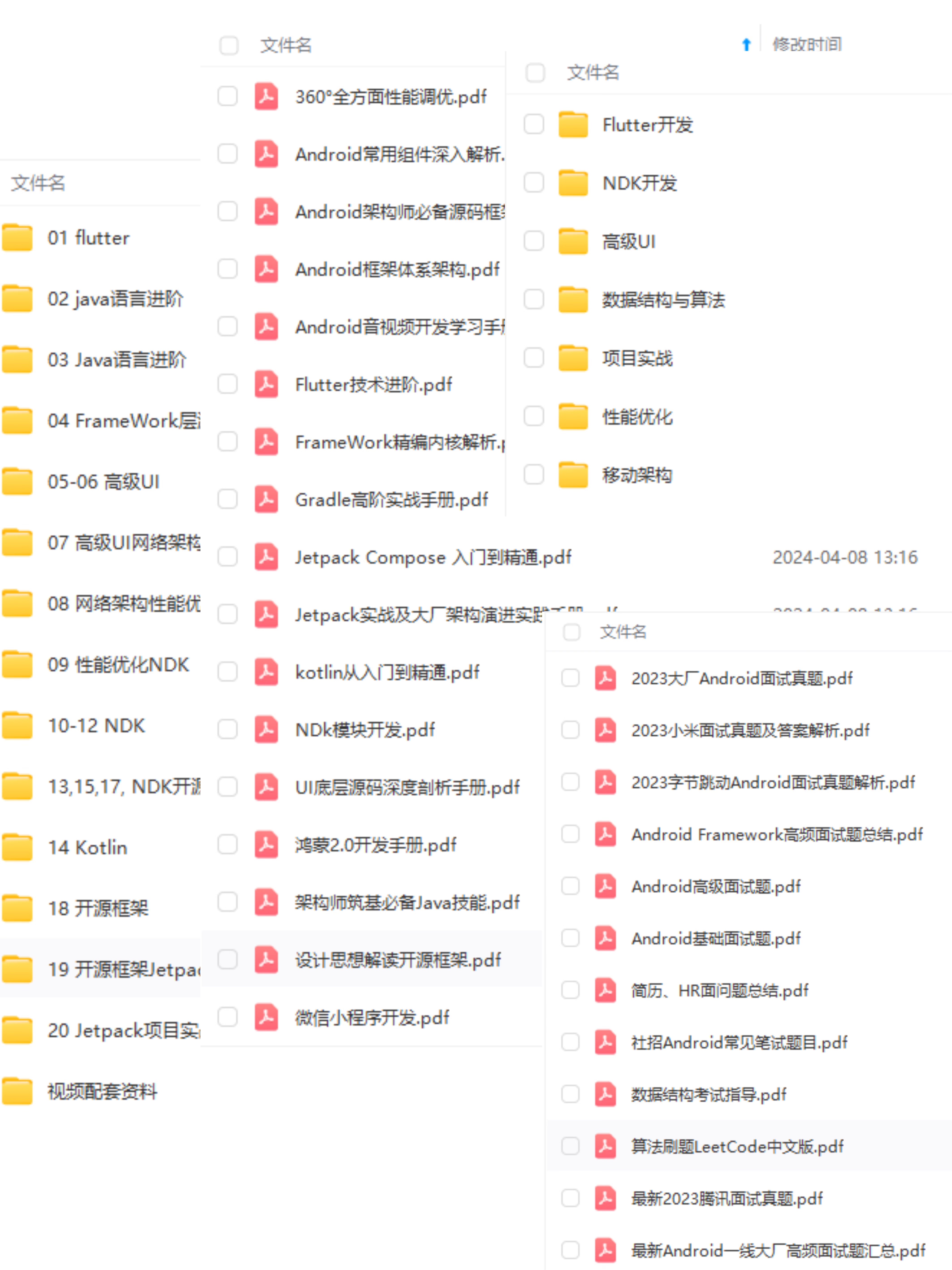 一个人可以走的很快,但一群人才能走的更远!不论你是正从事IT行业的老鸟或是对IT行业感兴趣的新人
一个人可以走的很快,但一群人才能走的更远!不论你是正从事IT行业的老鸟或是对IT行业感兴趣的新人
都欢迎加入我们的的圈子(技术交流、学习资源、职场吐槽、大厂内推、面试辅导),让我们一起学习成长!
资料⬅专栏获取
深知大多数初中级Android工程师,想要提升自己,往往是自己摸索成长,自己不成体系的自学效果低效漫长且无助**。
因此我收集整理了一份《2024年Android移动开发全套学习资料》,初衷也很简单,就是希望能够帮助到想自学提升又不知道该从何学起的朋友。
[外链图片转存中…(img-x1oXa7O0-1719080968579)]一个人可以走的很快,但一群人才能走的更远!不论你是正从事IT行业的老鸟或是对IT行业感兴趣的新人
都欢迎加入我们的的圈子(技术交流、学习资源、职场吐槽、大厂内推、面试辅导),让我们一起学习成长!
资料⬅专栏获取



